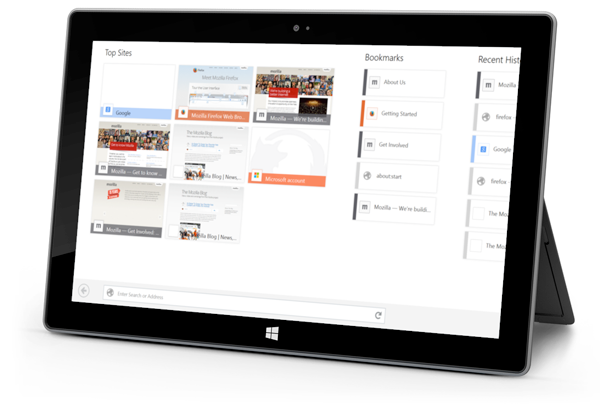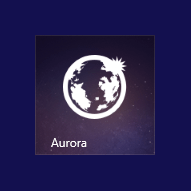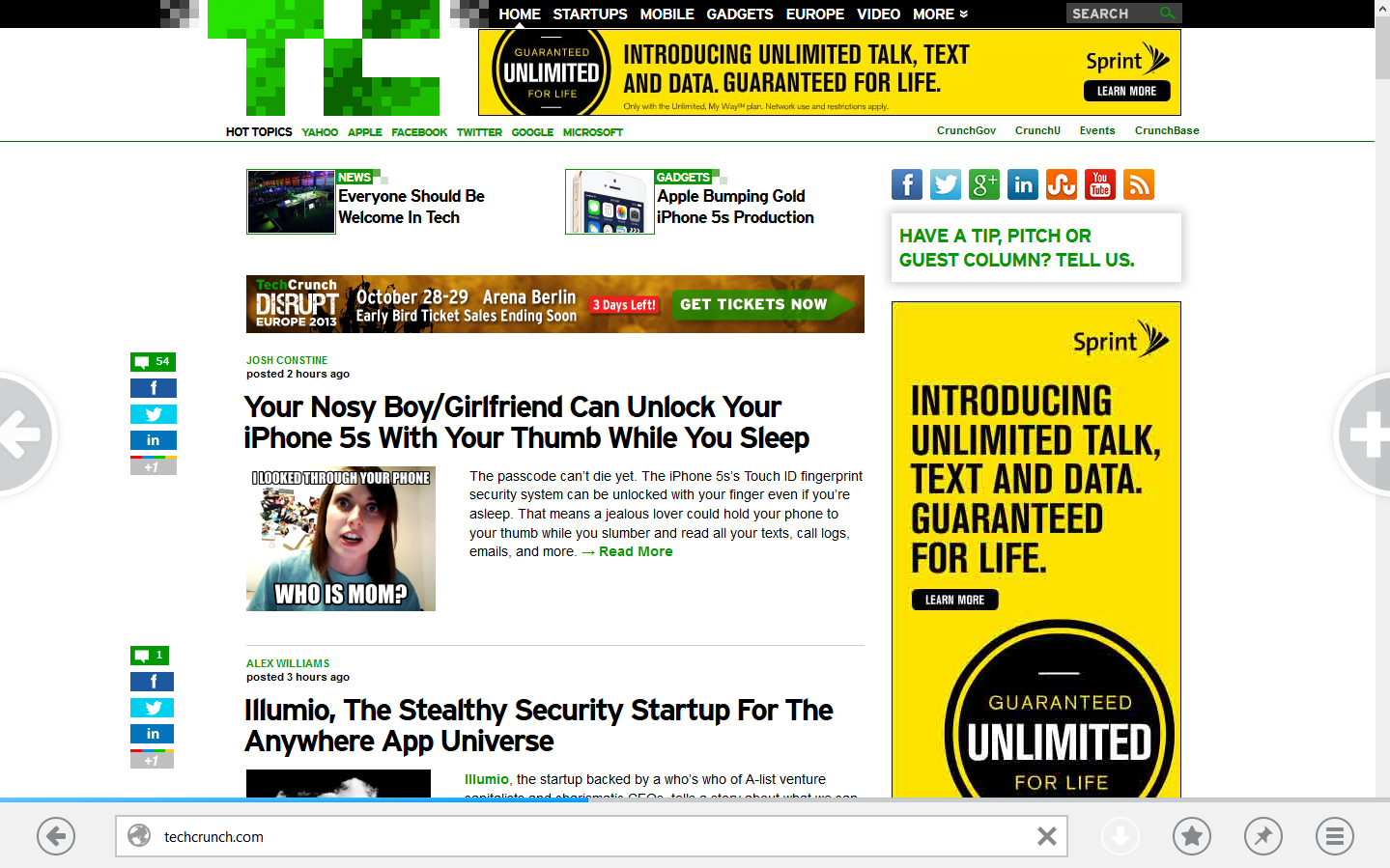Mozilla’s long-delayed Firefox for Windows 8 tablets has finally made its first public appearance outside of the relatively obscure and unstable Nightly development channel. As Mozilla announced today, the chrome-less tablet version of Firefox that runs in Windows 8’s Metro/Modern UI mode is now available in the Aurora release channel. From there, it will slowly make its way to the beta and release channel. It’s not expected to arrive in the stable release version before late January 2014.
Just like the Metro version of Internet Explorer, Firefox also does away with almost all of the interface elements that typically line our browser windows. Instead, it uses swipe gestures and two large buttons on both sides of the screen. The large ‘+’ button on the right is for opening new tabs and the one on the left is the back button (though the browser also supports the same swipe gestures as Internet Explorer 11).

The browser uses the same Gecko rendering engine as the desktop version and includes support for WebGL and Mozilla’s asm.js for high-performance JavaScript apps. In addition, it features hardware accelerated HTML5 video and support for WebM and H.264. It also supports the Windows 8 share “charm.”
Just like Internet Explorer or Chrome for Modern UI (which Google launched more than a year ago but has only been developing quite slowly), Firefox for Modern UI doesn’t share bookmarks, history and passwords with the desktop version. Instead, users have to use Firefox Sync — or other syncing tools — to share information between the two browsers. In case you’re wondering, the Modern UI version — just like any other third-party browser –won’t run in Windows RT.
Mozilla stressed that this is obviously a pre-release version. It seems like the team feels the user interface is ready for prime-time, however, as today’s announcement notes that the team plans to focus “almost exclusively” on improving performance and responsiveness.
To give it a try yourself, just download the latest Aurora version of Firefox (it’s just one download for the combined desktop and Modern UI versions) and make sure you make it your default browser. Then look for the Aurora tile in the Start menu and you should be ready to go.

